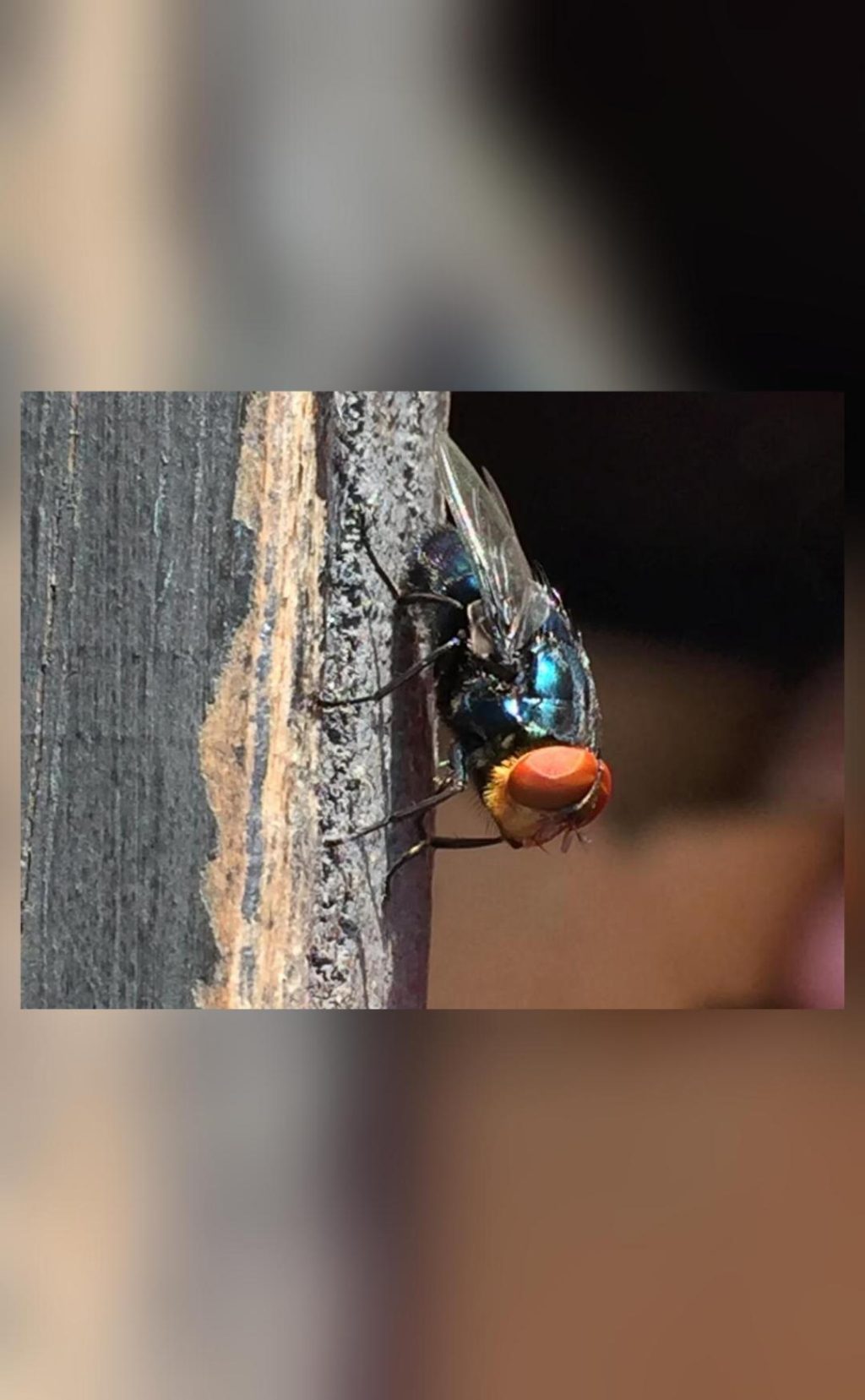
Why is US planning to breed screwworm flies & dump them from planes over Mexico?
In a peculiar move, the United States government is planning to breed billions of male screwworm flies and release them from planes over Mexico and southern Texas to protect its beef industry from the flesh-eating larvae of the New World screwworm fly. This unusual strategy is aimed at combating the pesky insect that has been causing significant losses to the cattle sector. But how will this plan work, and what are the implications of releasing millions of male flies into the environment?
What is the New World screwworm fly?
The New World screwworm fly (Chrysops viduatus) is a parasitic insect that is native to Central and South America. It is known for its larvae, which feed on the flesh of warm-blooded animals, including cattle, horses, and even humans. The larvae burrow into the flesh of their hosts, causing significant damage and potentially leading to the death of the animal.
The problem in the US
The US beef industry has been grappling with the issue of screwworm fly infestations for some time. The insects were previously eradicated from the country in the 1960s, but they have recently re-emerged in parts of Texas and Mexico. The larvae of the screwworm fly can cause significant losses to cattle farmers, with estimates suggesting that a single infestation can cost up to $1 million to treat.
The solution: Sterilized male flies
To combat the screwworm fly infestation, the US government has announced plans to breed massive numbers of male flies and release them over Mexico and southern Texas. The male flies will be sterilized with radiation, making them unable to reproduce with female flies. This will cause the population of screwworm flies to die out naturally, as there will be no fertile females to lay eggs.
How will the plan work?
The plan involves several steps:
- Breeding: The US government will breed massive numbers of male screwworm flies in specialized facilities.
- Sterilization: The male flies will be sterilized with radiation to prevent them from reproducing.
- Release: The sterile male flies will be released from planes over Mexico and southern Texas.
- Mating: The sterile male flies will mate with female screwworm flies, but their offspring will not be viable due to the sterility of the male flies.
- Population decline: As the female flies lay eggs that do not hatch, the screwworm fly population will naturally decline and eventually die out.
What are the implications?
The plan to breed and release millions of sterile male flies has raised several concerns among environmental groups and scientists. Some of the concerns include:
- Impact on other insects: The release of large numbers of male flies could potentially disrupt the delicate balance of the ecosystem, potentially harming other insect species.
- Contamination of food chain: There is a risk that the sterile male flies could contaminate the food chain, potentially posing a risk to human health.
- Unintended consequences: The plan could have unintended consequences, such as altering the behavior of other insects or affecting the ecosystem in unforeseen ways.
Conclusion
The US government’s plan to breed and release millions of sterile male screwworm flies is an unusual approach to combating the pesky insect that has been causing significant losses to the cattle sector. While the plan has raised several concerns, it is an innovative approach that could potentially eliminate the screwworm fly infestation in the region. As the plan is implemented, it will be crucial to monitor its effectiveness and address any unintended consequences that may arise.






